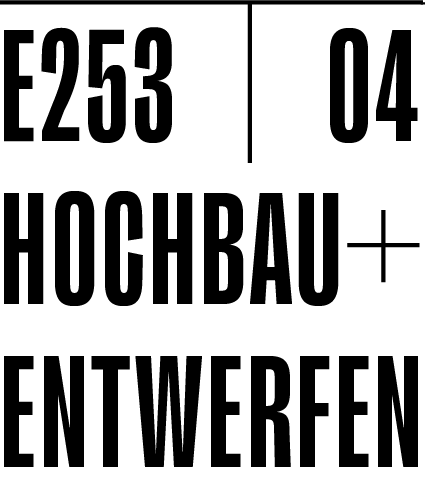The Viennese Terrassenhaus: Development phases and context of a historical housing type with a focus on a locally specific architectural discourse
Student: Lorenzo De Chiffre
Supervisor: Astrid Staufer
This study deals with the Terrassenhaus (stepped section building) as a building form for urban housing with a particular focus on its role in the discourse on housing in Vienna. The concept Viennese Terrassenhaus is put forward as a specific term. Defined on the one hand as an abstract housing concept, and on the other hand as a specific form, it is argued that this building type can be best understood as a binary concept. Throughout the twentieth century, the Terrassenhaus has surfaced in the Viennese discourse on housing with varying intensity. During this period, the concept has developed and, contrary to common preconceptions, offers a highly differentiated range of design solutions and ideas.
The origins of the Viennese Terrassenhaus can be traced back to unrealised projects by Adolf Loos who explored buildings with stepped section as an alternative to the predominant late nineteenth century courtyard type (Gemeindehof). The design for a Terrassenhaus on Inzersdorferstraße (1923) has had a noticeable influence on later stepped section housing projects. This original concept is related to the low rise garden city developments that Adolf Loos designed shortly after the First World War. In addition, it is argued that the stepped section motif is intimately linked to the personal design language of Loos and his aim to fuse the everyday and the monumental.
The later development of the Terrassenhaus can be understood in relation to the difference between Stadterweiterung and Stadterneuerung i.e. urban development on the periphery versus intra-urban renewal, which dominated the discourse on urban housing in Vienna in the decades following the Second World War. This study adopts a dialectic approach of ‘thesis’, ‘anti-thesis’ and ‘synthesis’ as an interpretative framework for the development of the Viennese Terrassenhaus.
In the early 1960s, the Terrassenhaus appears as a strategy for the urbanisation of the city periphery in the form of the so-called Wohnberge (housing mountains) as proposed by the Arbeitsgruppe 4 (1964). The apogee of this building type was marked by a seminal exhibition, neue städtische Wohnformen (new urban forms of dwelling), organised by ÖGfA in 1967. At this point, small-scale, pragmatic Terrassenhäuser and large-scale complexes with utopian ambitions formed a reciprocal relationship of legitimization.
In opposition to this thesis, two intra-urban Terrassenhaus projects, called grüne Täler (green valleys), are put forward as the anti-thesis of the Wohnberge on the urban periphery. The little-known project Stadterneuerung Schottenfeld (1966–1971) by Hermann Czech, as well as the internationally renowned housing development Wohnen Morgen (1974–1980) by Wilhelm Holzbauer, are seen as primary examples. It is argued that Holzbauer’s project was largely based on original ideas that had been developed by Czech in his earlier project. In all these proposals (Wohnberge as well as grüne Täler) the significant influence of prominent international projects is coupled with the legacy of the Viennese (particularly Loosian) Terrassenhaus.
From the early 1970s, the architect Harry Glück, who had not participated in the discourse on the Terrassenhaus during the 1960s, developed an efficient building principle independent of scale. This version of the Terrassenhaus worked well in both urban conditions combining the Wohnberge and grüne Täler into a synthesis that he called gestapelte Einfamilienhäuser (stacked single family houses). These buildings by Glück, that are consistently rated highly by their inhabitants, and have since become almost synonymous with the Viennese Terrassenhaus, were realised within a uniquely favourable politico-economic framework. These particular circumstances make it difficult to compare Glück’s designs with other building developments from that time.
Today, after a hiatus of several decades, the Terrassenhaus concept has resurfaced internationally as well as in Vienna. This study analyses two recently-completed Terrassenhaus projects that can also be related to the key concepts of Wohnberg and grüne Täler. It concludes that in future uses of the Terrassenhaus a particular attention must be given to its contextual qualities. At the same time, it is argued that herein lies its future potential as an urban housing form: a building type which can both act as a joint between dissimilar building scales (Wohnberg as “urban cement”) and combine a wide range of different spatial conditions within a composite structure (grüne Täler as “Janus-face”). Furthermore, some under-described aspects of the Terrassenhaus, e.g. the Loosian Hochstraße (street-in-the-sky), could inform this development by means of shifting the abrupt clash of the private and the collective realms, that characterise the Terrassenhaus in its present form, towards a more gradual relationship between the public and private domains of the city.
